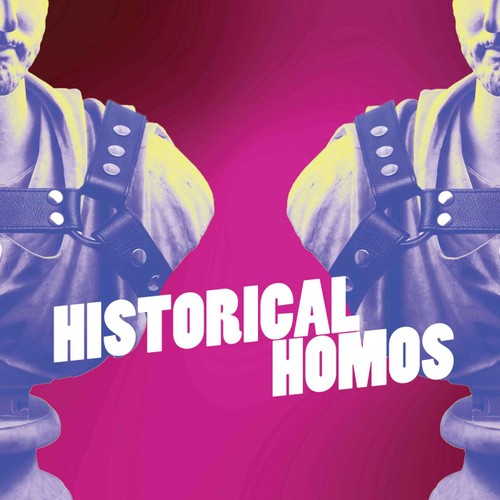
 Historical Homos
Historical Homos Samurai Sissies: Getting Railed In Medieval Japan (feat. Dylan Adler)
Sep 5, 2024
Dylan Adler, a Japanese-Jewish comedian known for his unique humor, dives into the fascinating and often humorous world of homosexuality in medieval Japan. He discusses the intricate relationships between monks and their young protégés, showcasing how societal norms influenced intimacy. The pair explores the nuanced role of samurai culture, from homoerotic bonds to the use of quirky sexual lubricants. They even share tips on romance from the past, making history both entertaining and enlightening!
Chapters
Transcript
Episode notes
1 2 3 4 5 6 7
Intro
00:00 • 3min
Queer History in Feudal Japan
03:11 • 13min
The Chigo: Exploring Historical Relationships in Buddhist Monasteries
16:23 • 5min
Exploring Historical Perspectives on Homosexuality in Japan
21:45 • 3min
Sexuality and Samurai Culture in Japan
24:24 • 25min
Secrets of Medieval Japanese Sexuality
49:49 • 15min
Revisiting History: Bombs and Identities
01:05:09 • 6min
